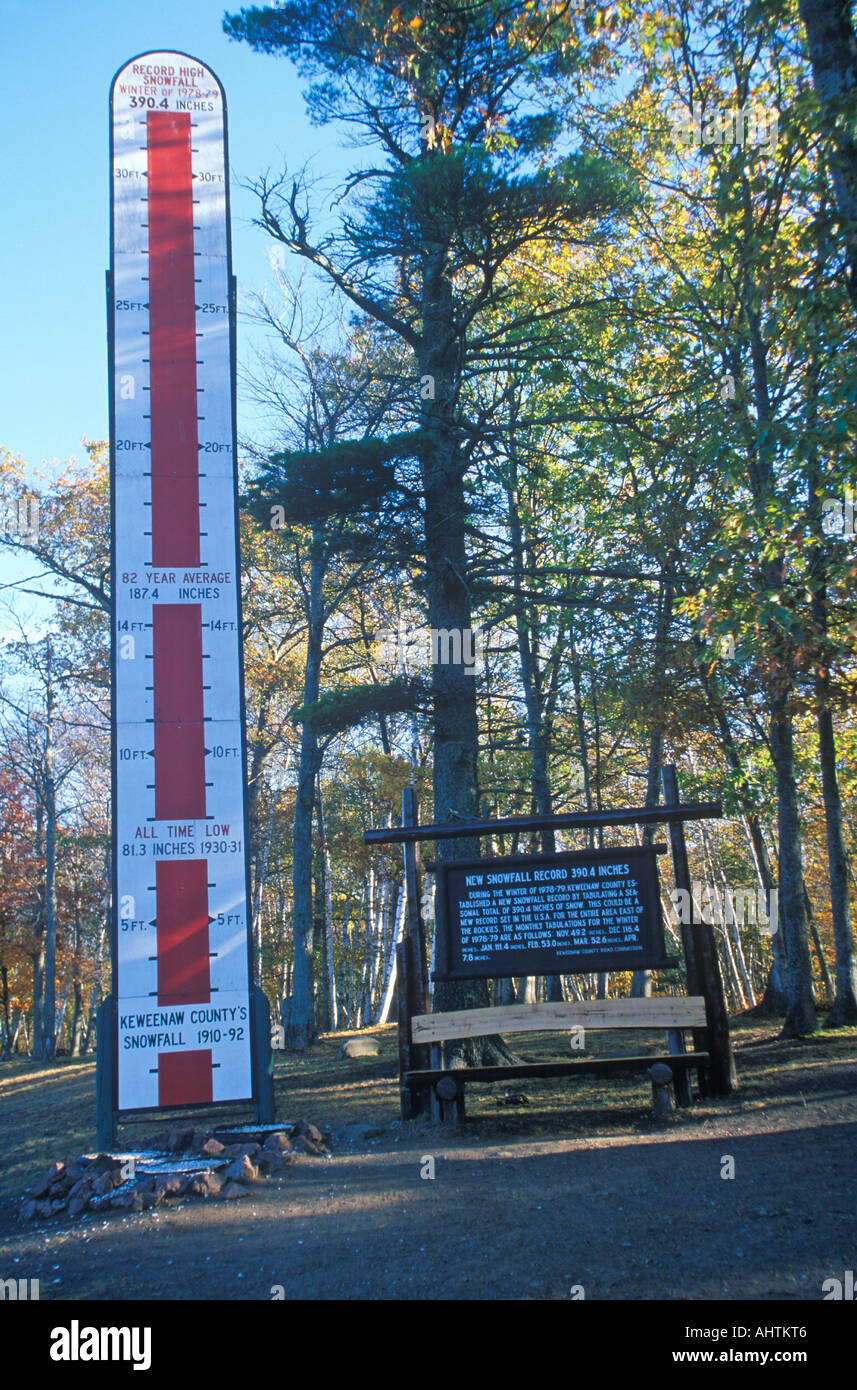dik
Structural
- Apr 13, 2001
- 26,025
Is there an elevation above the roof of a building that you can place mechanical roof top units so there is enough space beneath that you don't have to consider the effects of snow accumulation around the unit? I generally consider that if there is 5' clear beneath the unit that there is sufficient space that snow accumulation is not required. Does anyone know if this is codified anywhere?
Rather than think climate change and the corona virus as science, think of it as the wrath of God. Feel any better?
-Dik
Rather than think climate change and the corona virus as science, think of it as the wrath of God. Feel any better?
-Dik



